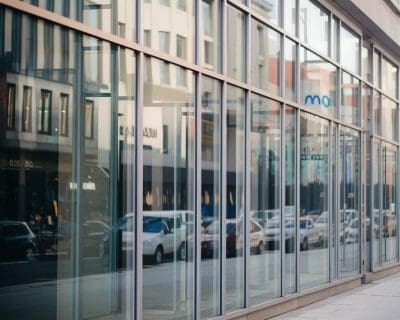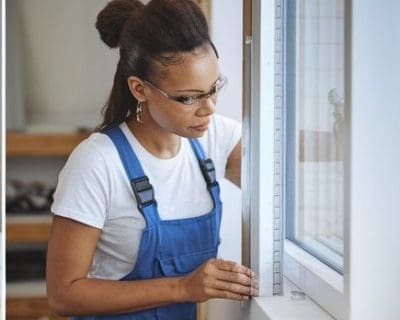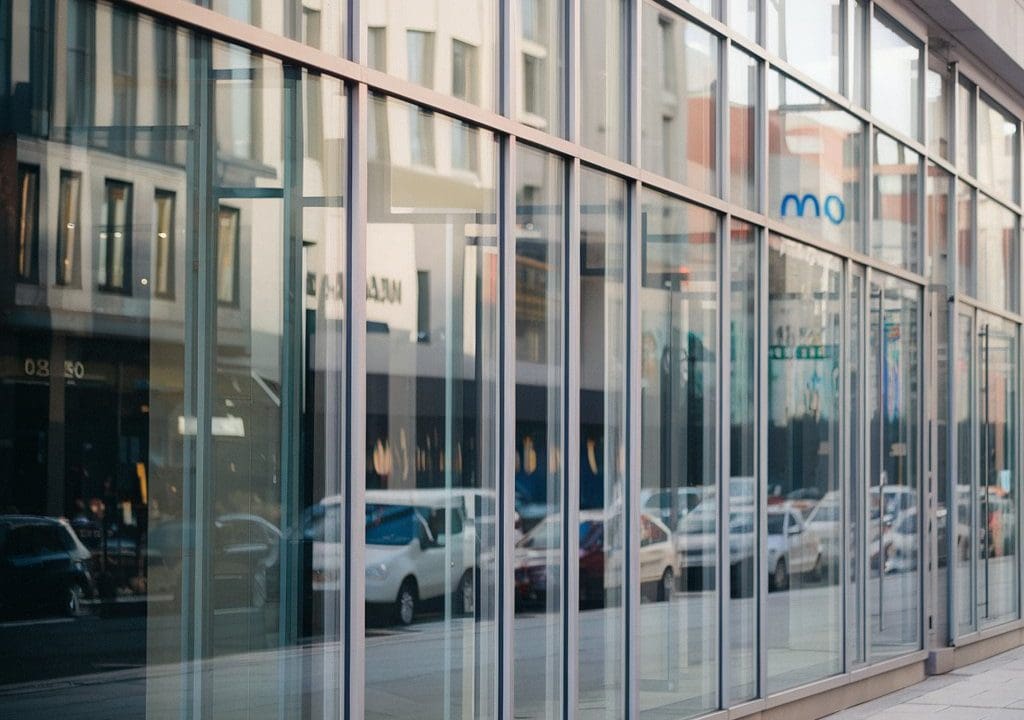
Boost the Durability of Aluminum and Glass in Architectural Projects
Top Ways to Boost the Durability of Aluminum and Glass in Architectural Projects
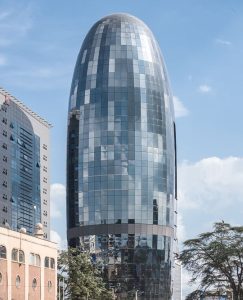
Aluminum and glass are celebrated for their modern aesthetics, light weight, and sustainable properties—but boosting their durability is crucial for long-lasting performance in architectural projects. Implementing the right strategies throughout design, installation, and maintenance dramatically extends their service life and safeguards your investment.
1. Select High-Quality Materials and Alloys
- Choose reputable suppliers who provide certified aluminum alloys and architectural glass specifically designed for structural use. The right aluminum alloys offer superior resistance to corrosion, weathering, and mechanical stress, essential for façades and support structures.
- For glass, utilize laminated or tempered options suited to environmental loads and safety codes.
2. Surface Treatments and Protective Coatings
- Powder coating is another effective finish, providing an extra barrier against abrasion, UV exposure, and chemical attack.
- For glass, consider specialized coatings such as low-emissivity (Low-E) or hydrophobic films to improve resistance to weathering and staining and to reduce thermal stress.
3. Smart Design and Detailing
- Incorporate rain screens, overhangs, and effective drainage into façades to prevent water accumulation and limit direct weather exposure, which are common sources of degradation for both aluminum and glass.
- Allow for thermal expansion by integrating movement joints and precise engineering, especially critical for large glazed areas and curtain walls.
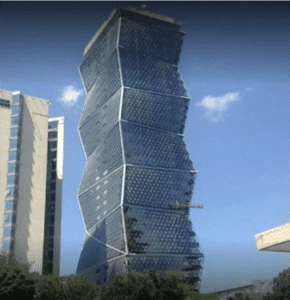
4. Proper Installation Practices
- Utilize experienced contractors to ensure correct fitting and sealing of joints and connections, which minimizes water ingress and mechanical stresses.
- Avoid using incompatible materials in contact with aluminum that may cause galvanic corrosion (for example, untreated steel touching anodized aluminum).
5. Routine Maintenance
- Regular cleaning with mild, non-abrasive cleaners prevents the buildup of dirt and pollutants, which can accelerate deterioration of both aluminum surfaces and glass.
- Periodically inspect seals, gaskets, and fasteners—replacing components as needed—to maintain weathertightness and structural integrity.
- Follow manufacturer or industry-recommended maintenance cycles, as these are tailored to the expected lifespan of window assemblies and building components.
6. Leverage Technological Innovations
- Adopt advanced solutions such as 3D printing for aluminum components, which allows for high-precision, customized elements with optimized durability.
- Use cutting-edge laminated safety glass technologies that improve resistance to impact and UV degradation.

Additional Points
- Modern architectural design increasingly pairs aluminum and glass for curtain wall systems that demand both strength and elegance.
- Guarantees and certifications for finishes are available globally and regionally, offering added confidence in expected durability cycles.
- Sustainability is further boosted, as aluminum can be recycled indefinitely without loss in quality, aligning with green building trends.
Applying these best practices ensures that aluminum and glass elements maintain their structural, aesthetic, and energy-efficiency performance for decades, as demonstrated by many case studies of buildings lasting well beyond 20 years with minimal intervention.
Related posts
The Case for Aluminium and Glass in Kenya
The Case for Aluminium and Glass in Kenya: Why They’re the Smart Choice for Modern Construction [...]
Read moreWhy Aluminium Outperforms Wood, Steel, and uPVC
Eco-Friendly Construction in Kenya: Why Aluminium Outperforms Wood, Steel, and uPVC Kenya’s [...]
Read moreModern Balcony & Staircase Railings in Kenya
Popular modern railing styles — and when to pick each 1. Frameless glass balustrades Why people love [...]
Read moreHow to maintain aluminium doors and windows
Aluminium Doors & Windows Maintenance Tips. In this section, we will provide expert tips on [...]
Read more



